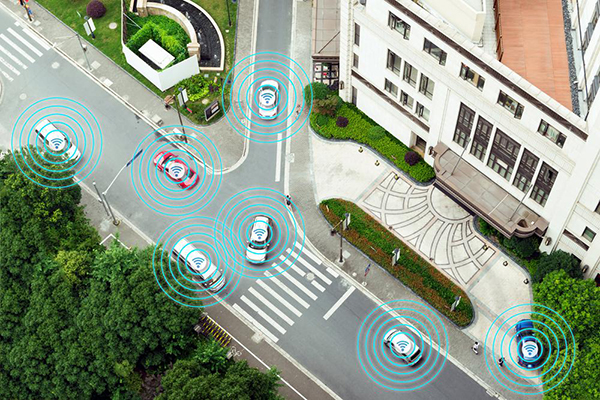Canada / Conference / Developments / Innovation / Innovative / ITS / Mobility / Research / Technology / Traffic safety
The Pressure on the Public Sector to Enable Connected Vehicles
The following post was originally publish in Dutch on Biind.nl: http://bit.ly/31X8sVC

Two weeks ago, I was in Halifax, Canada, for the 2019 TAC-ITS Canada conference. Like many other smart mobility conferences and meet-ups, the focus was on the arrival of the connected (and ultimately self-driving) vehicle. The big question is: how do we prepare for it? I continue to be amazed at the pressure that municipalities, cities and traffic authorities are placing on themselves to find an answer to this question.
Why do we want connected vehicles so badly?
During one of the panel sessions, the question was asked whether we actually need these connected vehicles and, if so, why? In anticipation of a critical and interesting discussion, I sat up and listened to the different points of view. However, I was soon disappointed. There were no clear answers. No one could say for certain why they wanted these connected vehicles so badly, with one panellist even admitting that it may not be so much about what we need but rather what we want.
The consequences of our choices
Our transportation networks have many negative consequences. In the Netherlands, we pay around €3.7 billion annually in congestion-related costs (NRC, 2017) and €14 billion in traffic collisions (SWOV, 2015). Not to mention all the effects on the environment and the climate. The negative externalities of motorised traffic in Europe cost a total of around €800 billion each year (ECF, 2016). On the other hand, the benefits of active modalities such as the bicycle will yield us around €150 billion worldwide. Keep in mind here that the global car market is valued at 70 times that of the bicycle market!
Temptation
We are tempted by the car industry to invest heavily in Intelligent Transport Systems (ITS) in order to be able to develop a car that will hopefully make it just a little safer to drive. At the same time, we forget that making the car more attractive and efficient only leads to more kilometres travelled per car. In a world where motorised transportation has so many negative effects on the environment, the climate and the health of our population, we need to invest in healthy, active modes of transport. Municipalities, cities and transport authorities play an important role in achieving this. So, instead of being attracted by the largest donor, they should take action on behalf of their citizens, now and for the future.
Hope for the future
When municipalities, cities and transport authorities themselves form a vision of how mobility can best support their residents, we can create a world in which quality of life will continue to be guaranteed in the future. We need think carefully about the added value of new and renewed modes of transport and where they can best be used. We need to invest in those modalities that lead to an investment in ourselves.
An interesting development in this area is the European BITS project (https://northsearegion.eu/bits/) where ITS solutions are used to make cycling more attractive and safer. Want to know more about this initiative? Sign up to the BITS community by sending an e-mail to my colleague Robin Kleine (r.kleine@mobycon.nl).

